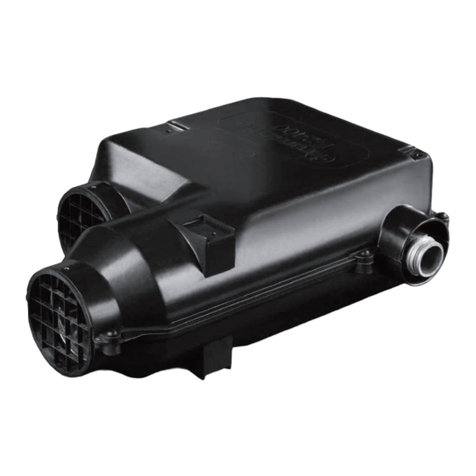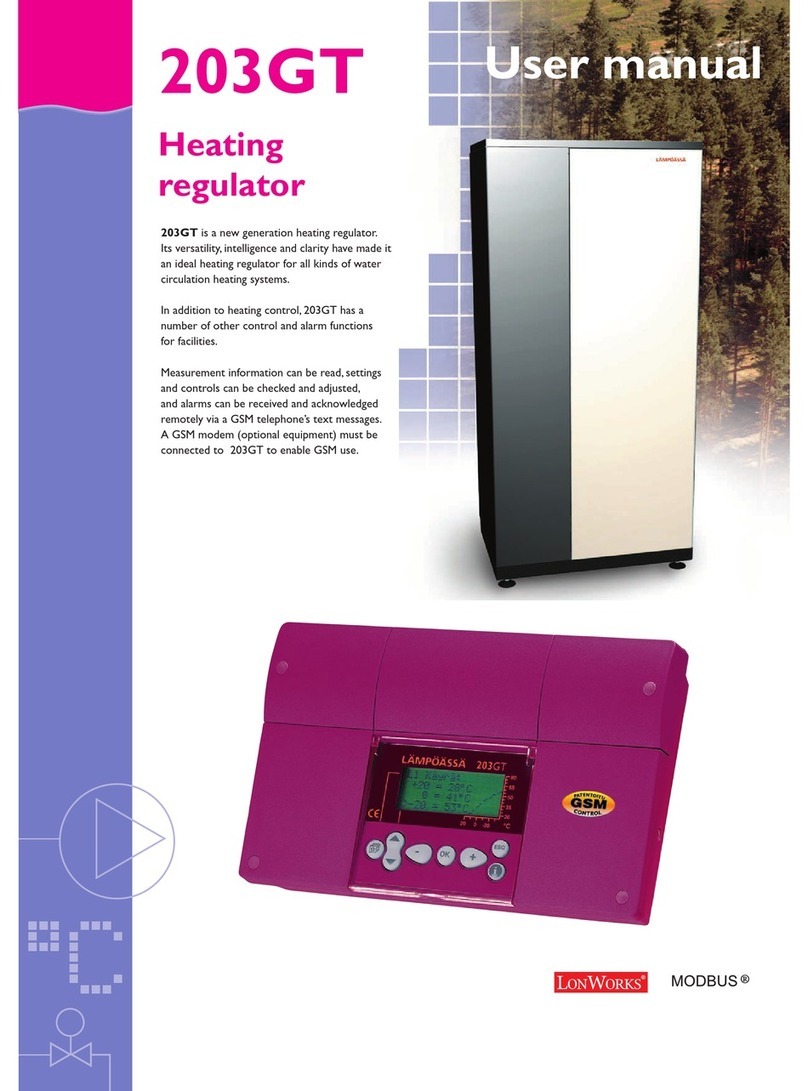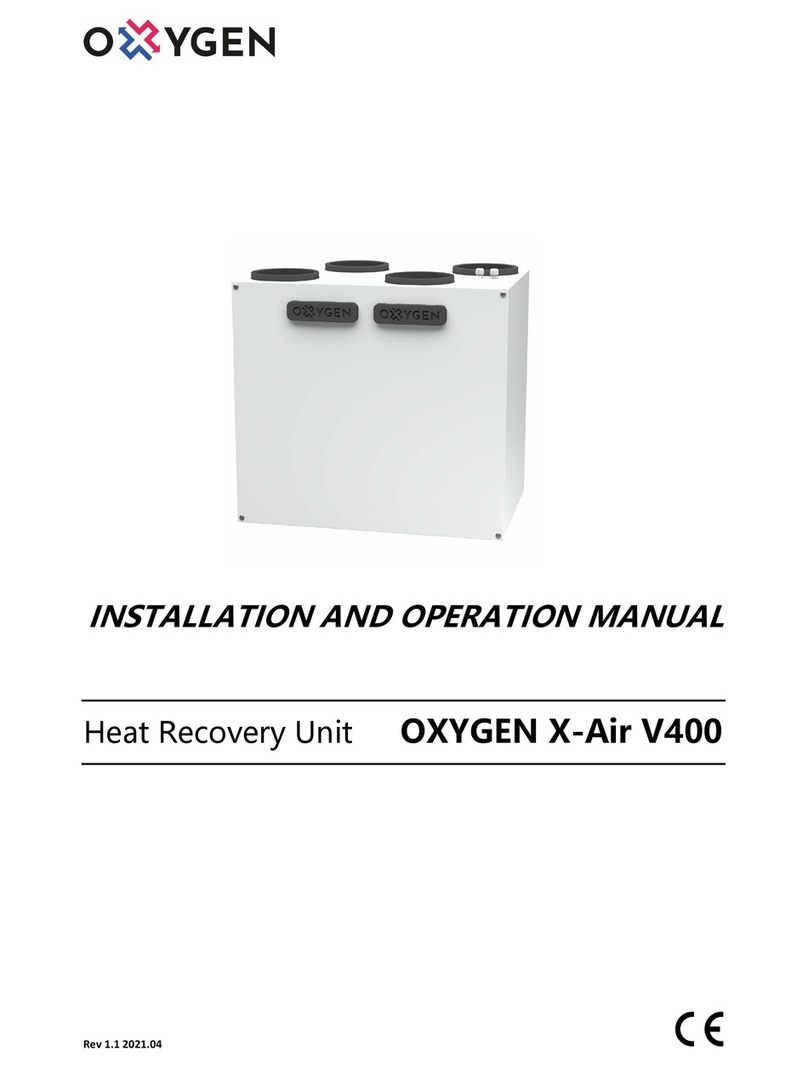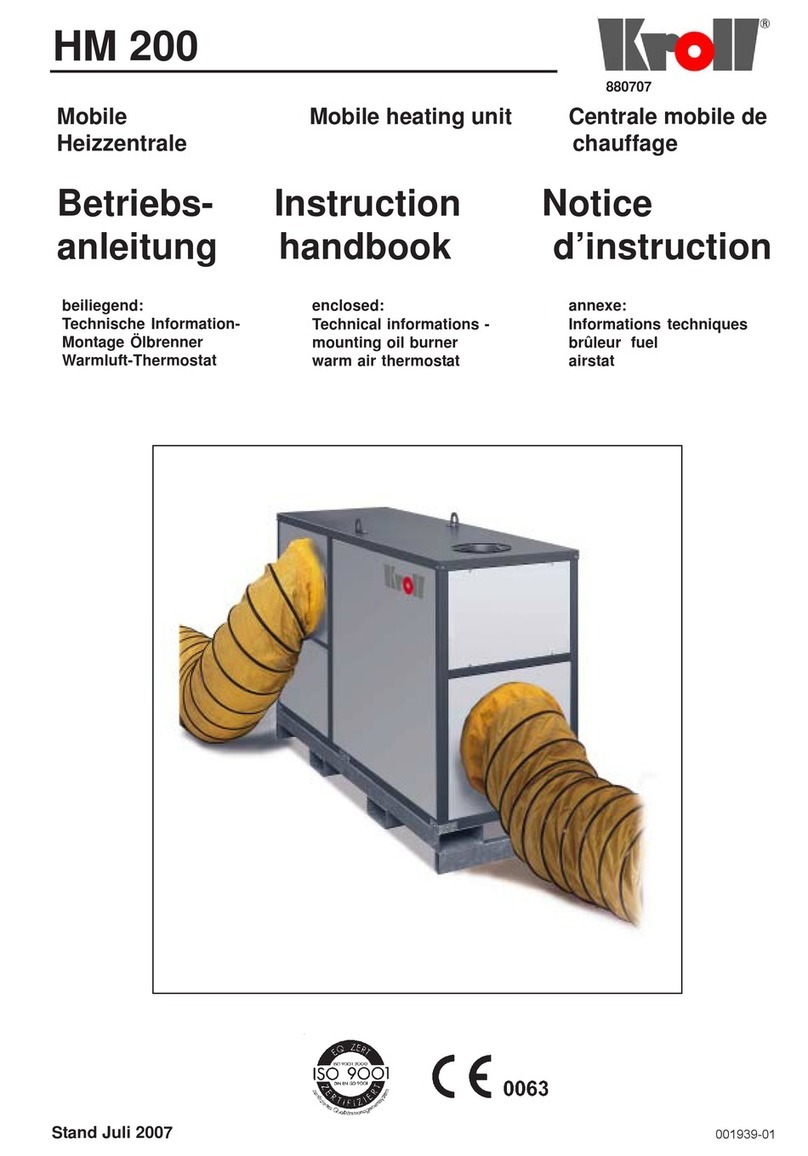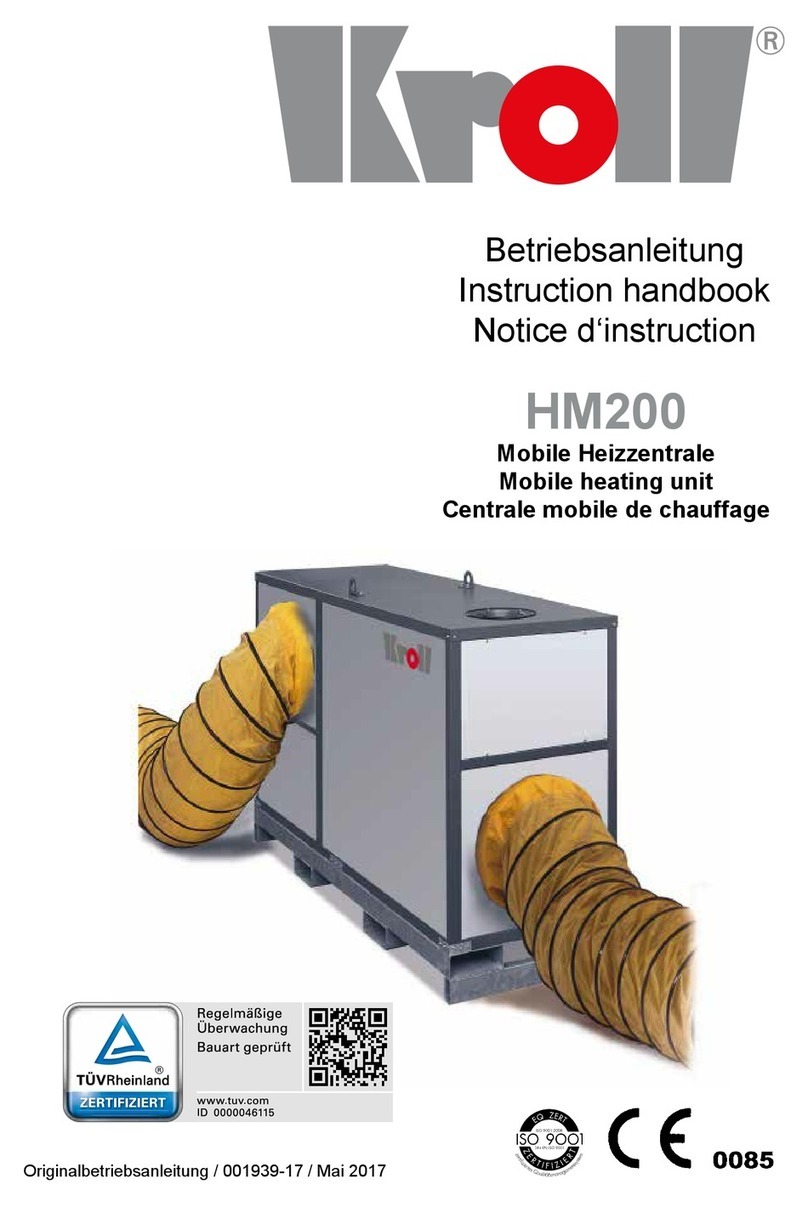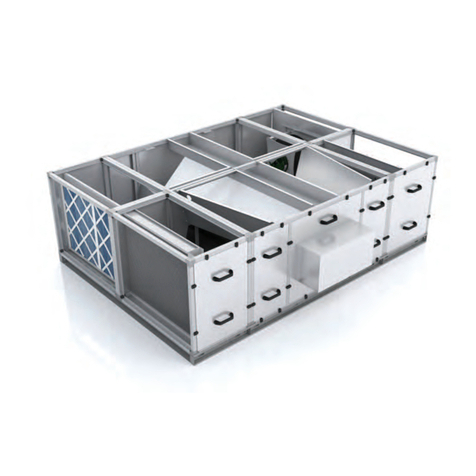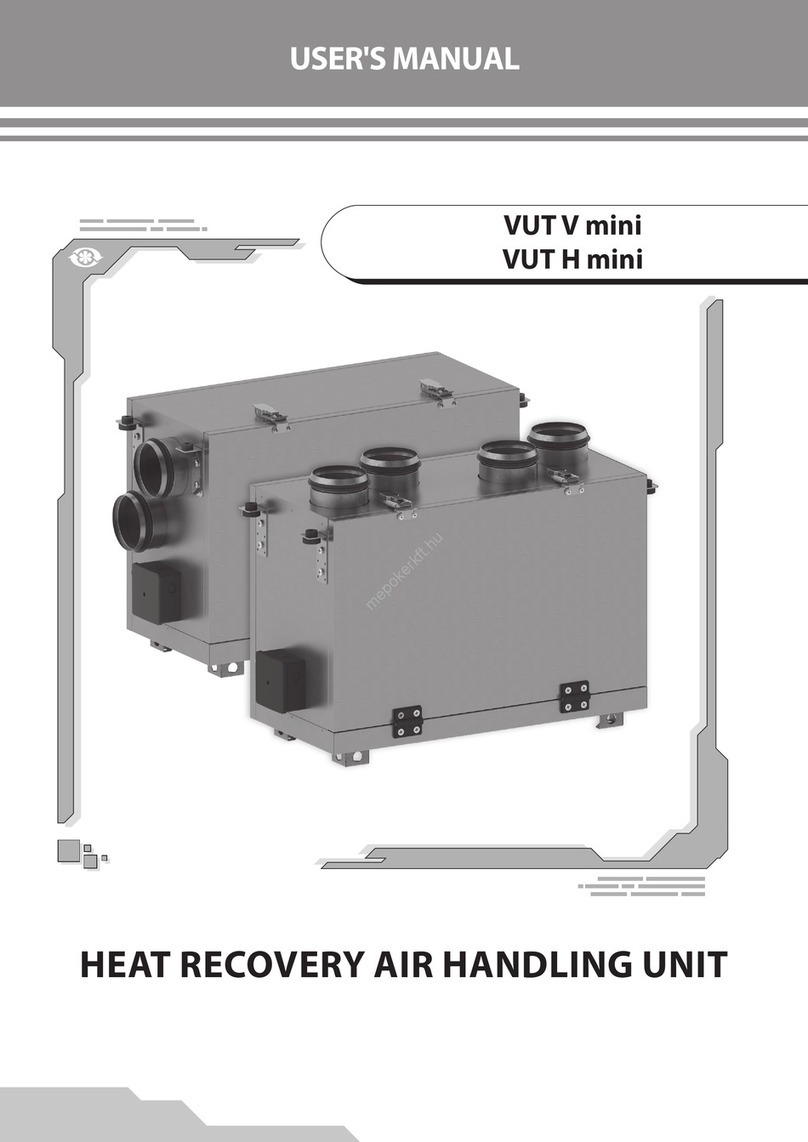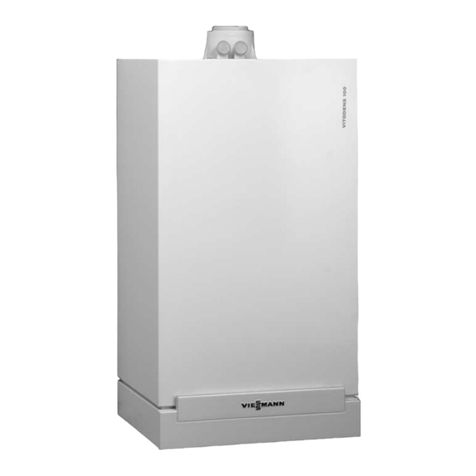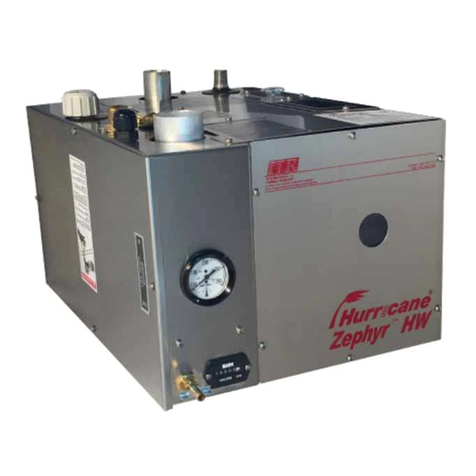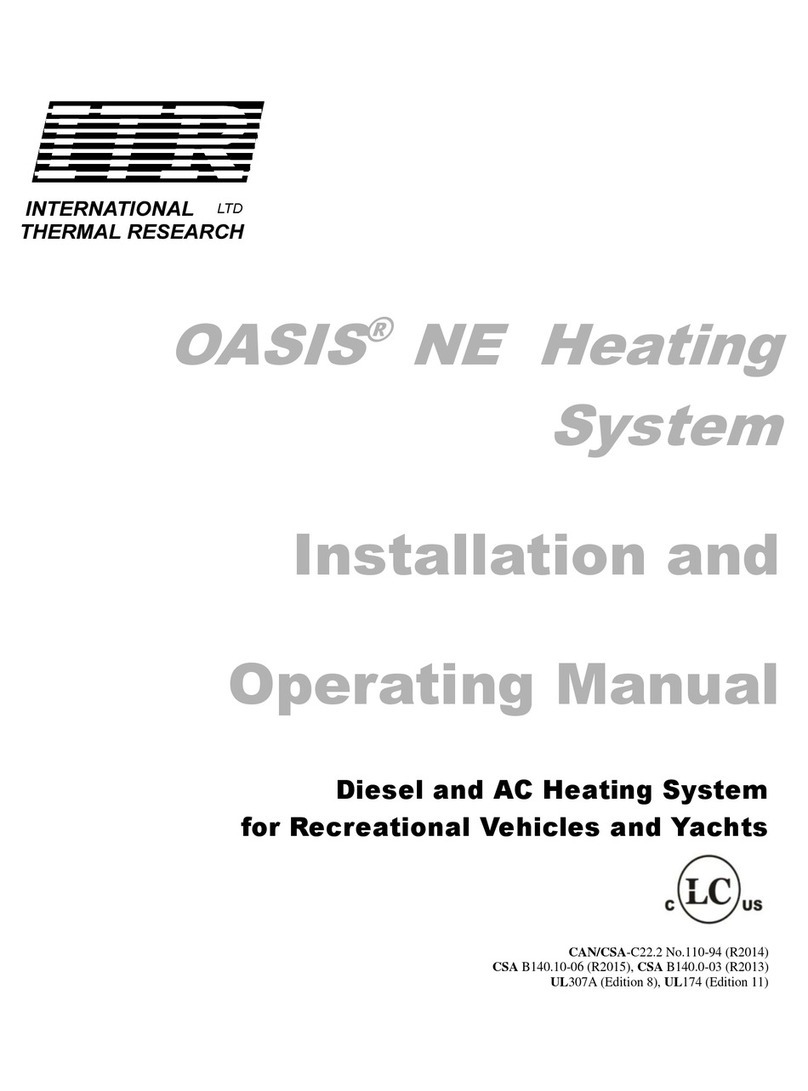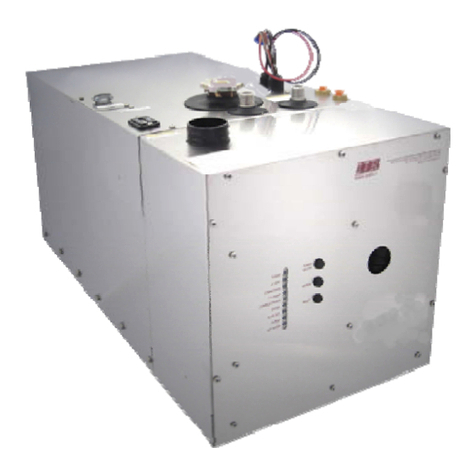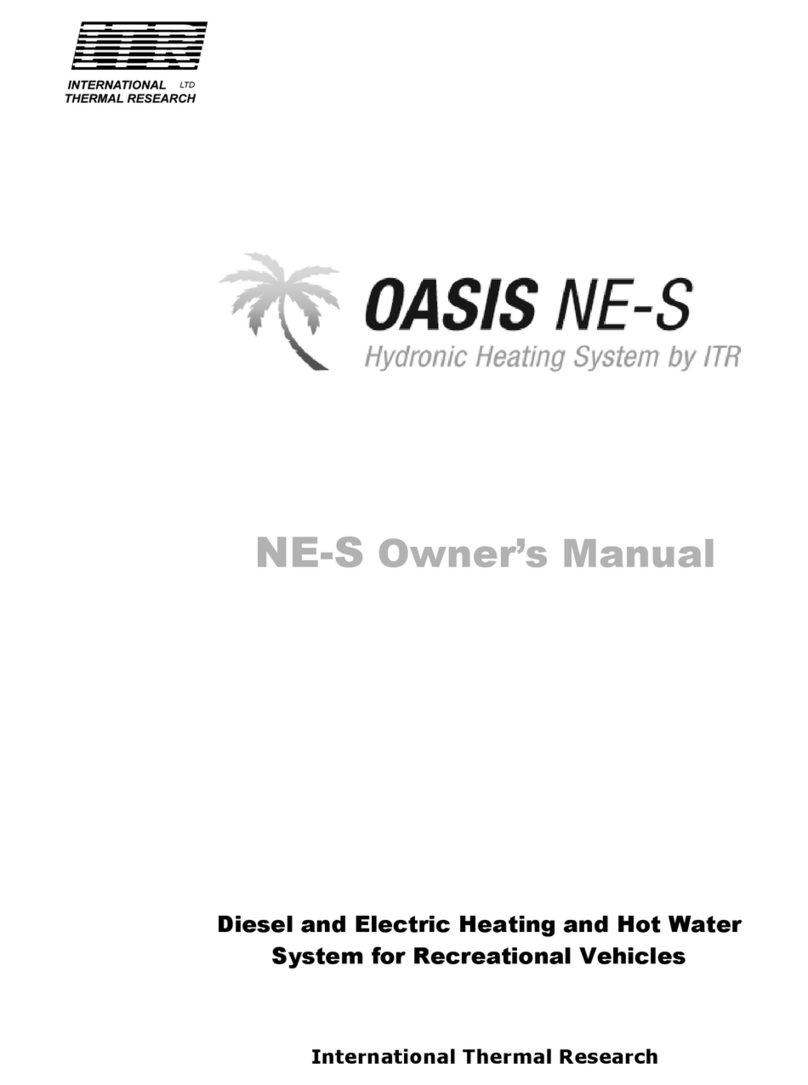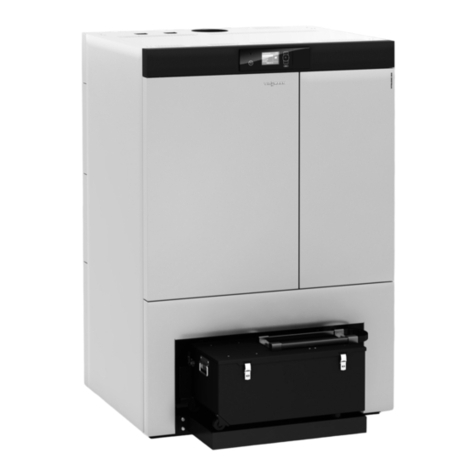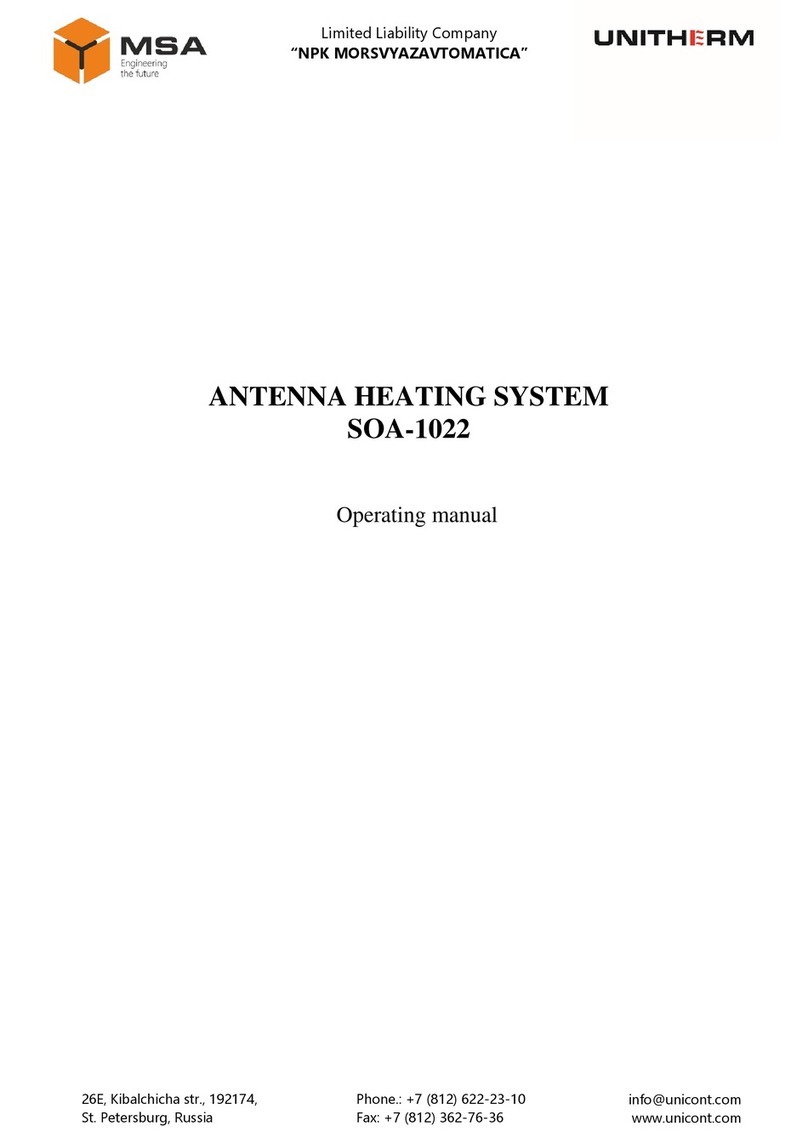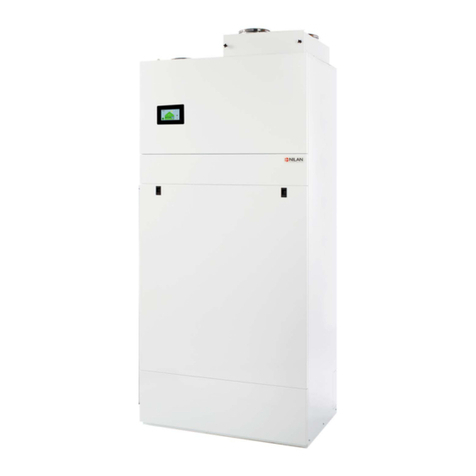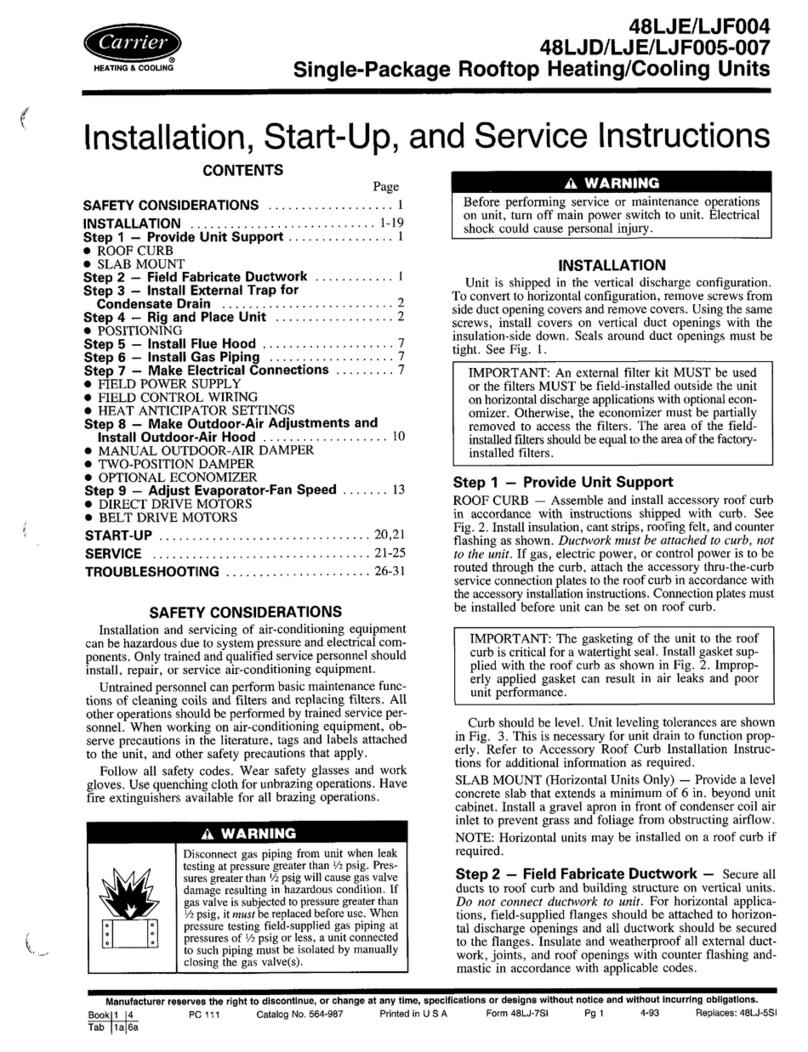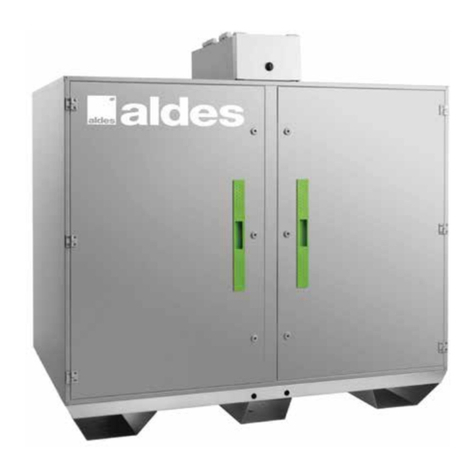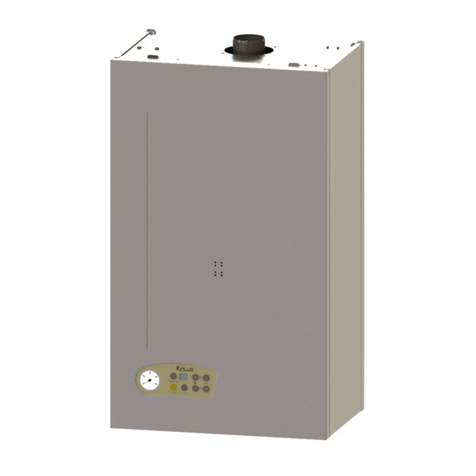
Table of Contents
International Thermal Research v
10.3 Burner On ...................................................................10-1
10.4 Service Switch Off.........................................................10-2
10.5 Remote Switch Off ........................................................10-2
10.6 Heater Cycling .............................................................10-2
10.7 Thermostats Off............................................................10-3
10.8 Voltage Low of High ......................................................10-3
10.9 Overheat ....................................................................10-4
10.10 Fuse Blown ..................................................................10-4
10.11 Fuel Pump/Solenoid ......................................................10-5
10.10 Ignitor ........................................................................10-5
10.13 Combustion Fan ...........................................................10-6
10.14 Water Pump.................................................................10-6
10.15 Flame Out ...................................................................10-6
10.16 Compressor .................................................................10-8
10.17 Bypass Mode................................................................10-8
10.18 Water Pump On............................................................10-9
10-19 Flame Sensor Module ....................................................10-9
10.20 Test Points...................................................................10-9
10.21 Reduced Output..........................................................10-10
10.23 Smokey,Smelly Exhaust ..............................................10-10
10.24 A Silent Killer .............................................................10-11
Section 11, Maintenance...........................................................11-1
11.1 The First Few Weeks .....................................................11-1
11.2 Adding Coolant.............................................................11-1
11.3 Nozzle.........................................................................11-2
11.4 Fuel Lines and Filter ......................................................11-2
11.5 Combustion Chamber ...................................................11-2
11.6 Checking Hoses and Tubes .............................................11-2
11.7 Electrical System ..........................................................11-3
11.8 Recommended Spare Parts ............................................11-3
11.9 Protecting Hydronic Heating Systems ...............................11-4
Section 14, Warranty and Service .............................................14-1
14.1 Warranty.....................................................................14-1
14.2 Installations ................................................................14-2
14.3 Limited Warranty..........................................................14-3
14.4 Owner’s Responsibility ...................................................14-4
14.5 Not Covered Under Warranty ..........................................14-5
14.6 Customer Service Calls .................................................14-6
14.7 Returns .......................................................................14-7
14.8 Telephone Service.........................................................14-8
Inspection Check sheet (including Test Points)
Warranty Information & Warranty Card
